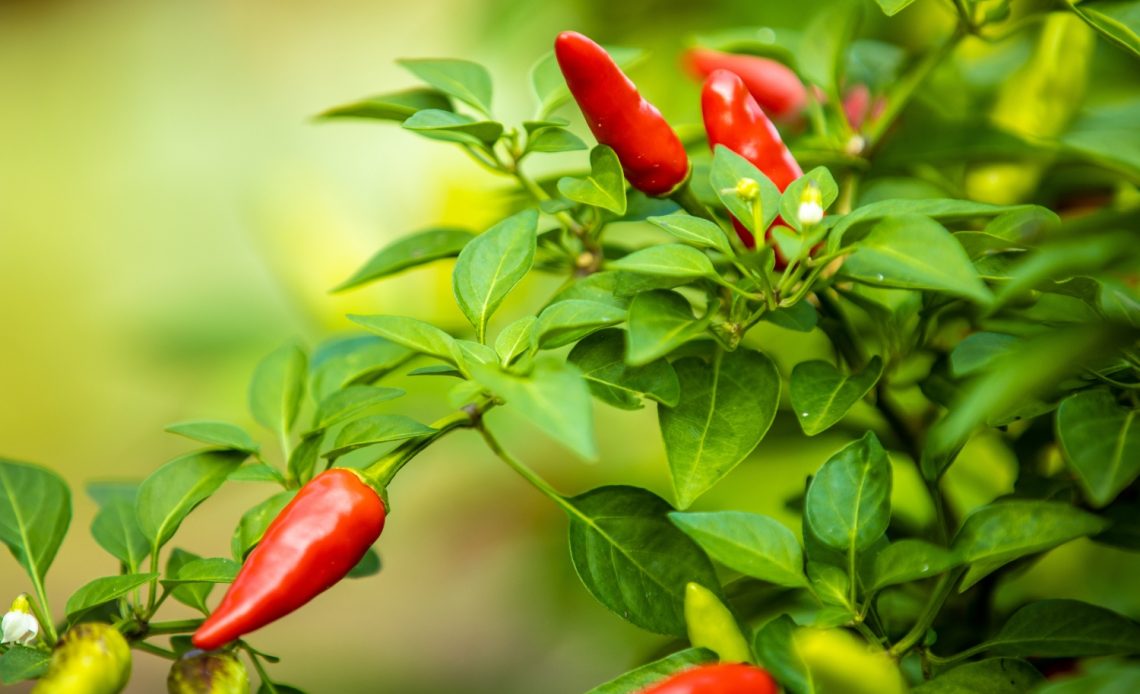

We’re here to help! Wild Yards is a completely free website that is 100% dedicated to helping you create a wildlife-friendly, sustainable yard. Read more
WildYards is reader-supported. When you buy a product through a link on our site, we may earn a comission. Every product is independently selected by our (obsessive) editors and our reviews are unbiased and objective. Read more about our mission or our privacy policy.
Pepper plants don’t require much care. They grow well in hot, sunny locations where it can be difficult getting other plants to survive. And their festive appearance means that they look just as at home in your landscaping as they do in your vegetable garden. Many gardeners grow peppers purely as ornamentals, and never even harvest the fruits. But, easy as they are to care for, pepper plants can still run into a few problems. If you notice holes in pepper plant leaves, you may be wondering what’s causing them and what you can do to prevent more from developing.
When pepper plants develop holes in their leaves, it’s usually due to an insect infestation. Cutworms, hornworms, armyworms, and grasshoppers are just a few of the insects that like to bore holes in pepper plants. Diseases, including bacterial leaf spot, can also cause holes to develop.
Insects that can cause holes in pepper plant leaves
If you spot a few holes in your pepper plant’s leaves, the first thing you should suspect is an insect infestation. Pepper plants can fall prey to a variety of harmful pests. If bugs are taking over your pepper plants, you’ll see yellow and brown leaves, leaves with the edges chewed away, and stunted growth. Flowering pepper plants may drop their buds and fail to produce. If the infestation is severe enough, you’ll probably see the bugs crawling around in the foliage.
Knowing which types of insects are preying on your pepper plants will help you treat them effectively. Grab a magnifying glass and take a closer look at your garden to see if you can identify any of the following insects.
Cutworms
These brown to gray caterpillars measure around 2 inches in length and are the larval stage of several night-flying moths. Cutworms are so-called because they cut plants down to stumps. In severe infestations, cutworms can strip crops of their leaves and stems in a matter of days, which can have devastating consequences for the agricultural industry.
Cutworms typically like to hang out at the base of the pepper plant in the soil where they can feed on the roots, or on the lower leaves where they can feed and stay out of the harsh sunlight. While cutworms enjoy feeding on the pepper plant’s foliage, they’re even happier to munch on the peppers themselves, leaving large cavities in ripe peppers and chewing the new ones up completely.
Armyworms
Like cutworms, armyworms are brown to gray and measure roughly 2 inches in length. Armyworms have a smooth, striped appearance. A closer look at these caterpillars reveals that they also have a subtle green tint that helps to separate them from cutworms.
Cutworms are the larval stage of moths in the family Noctuidae. These caterpillars attack pepper plant leaves, stems, and fruits, just like cutworms do. But, unlike cutworms, which feed alone or only in small groups, armyworms tend to congregate and attack — hence their name.
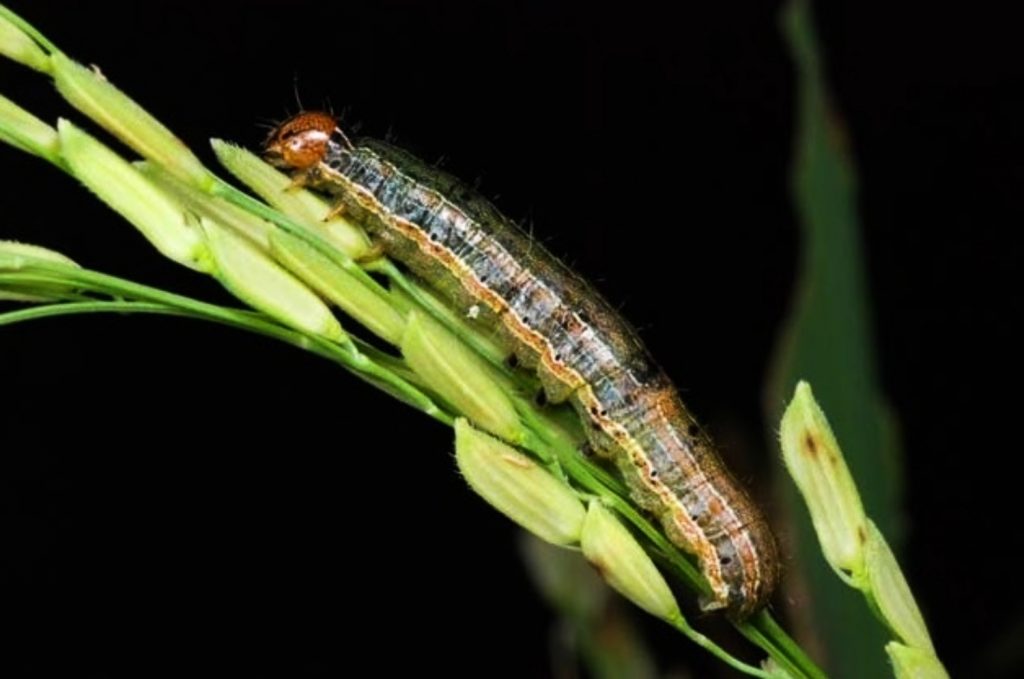
Hornworms
Hornworms are often found on tomato and tobacco plants, but they’ll infest pepper plants, too, if they’re given the chance. Once you’ve seen a hornworm, they’re easy to identify. These large, bright green caterpillars are the larvae of hawk moths. Measuring around 4 inches in length, hornworms are much bigger than armyworms and cutworms and they have an appetite to match.
Hornworms will destroy your plants one leaf at a time. At first, you may notice holes in pepper plant leaves, but eventually, those leaves will be completely gone. Hornworms typically work from the top down, nibbling on the tenderest foliage first before stripping plants of their mature leaves. Hornworms fixate on foliage and usually don’t eat the peppers.
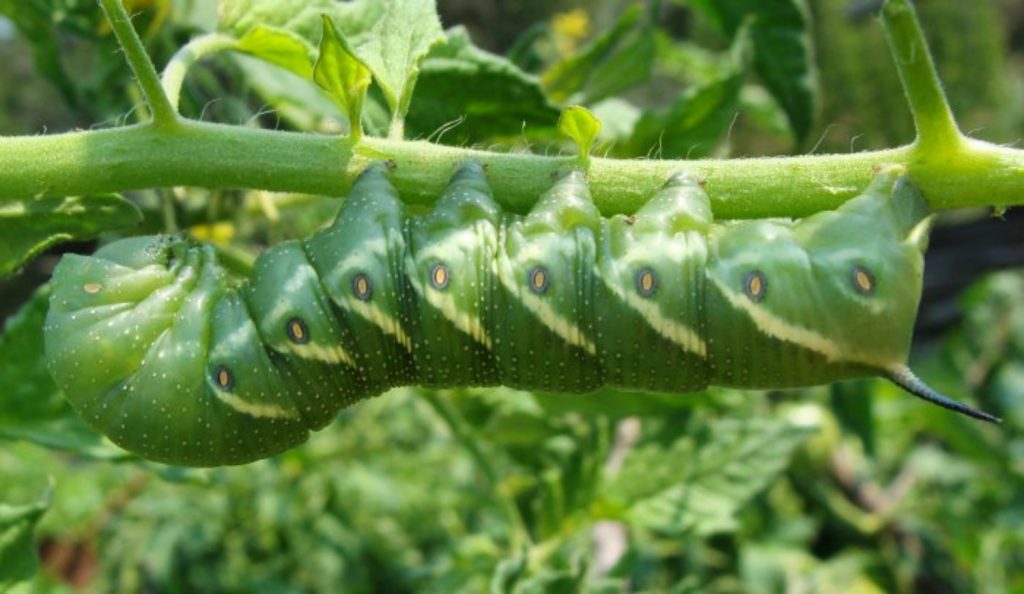
Colorado Potato Beetle
As their name implies, the colorado potato beetle prefers to feed on potatoes (presumably those located in Colorado). But, if there aren’t any potatoes around, they’ll prey on other nightshade veggies instead, including eggplant, tomatoes, and, of course, peppers.
Colorado potato beetles spend their entire lifecycle on a plant. Adult beetles lay their eggs in a plant’s foliage, where the larvae can score an easy meal once they hatch. If you see small black and yellow striped beetles making holes in your pepper plants, they’re probably Colorado potato beetles. You may also see skeletonized leaves that have been completely stripped of tissue leaving only the delicate veining behind.
Fruitworms
Although you’re more likely to find fruitworms on your blueberry bushes and apple trees, it’s not impossible to see them invading your pepper plants, too. These small black, gray, and brown caterpillars, which are also called “leatherjackets”, are the larval stage of beetles in the Tenebrionidae family. Like Colorado potato beetles, fruitworms spend their whole lives on a plant.
Fruitworms prefer to eat seedlings and younger plants. If only mature plants are available, then they’ll stick to feeding on the plant’s roots and low-growing foliage. When peppers start to develop, fruitworms will quickly bore holes into them and eat them from the inside out. Left unhindered, fruitworms can cause significant scarring to the peppers and can cause many of them to drop.
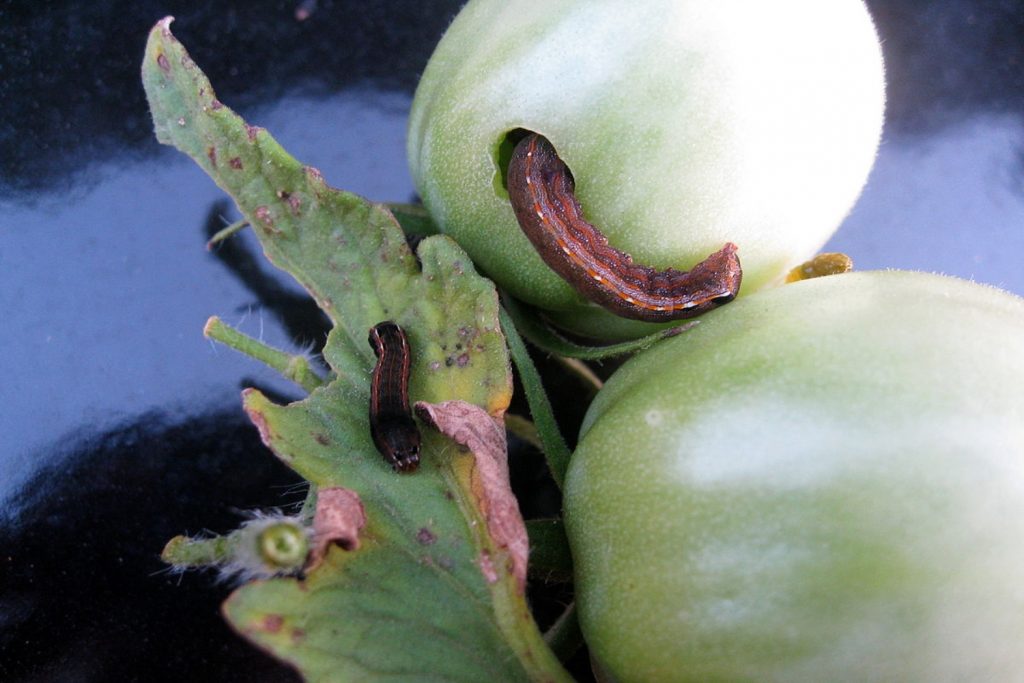
Cabbage loopers
Cabbage loopers primarily feed on cabbage, as well as other cruciferous vegetables, like broccoli, cauliflower, and radishes. But when these foods aren’t available, cabbage loopers will infest other plants, including peppers, watermelons, tomatoes, squash, and lettuce.
These caterpillars are the larval stage of the cabbage looper moth. They’re bright green and they make a C-shaped loop when they move, kind of like an inchworm, so they’re pretty easy to identify. Cabbage loopers like to hide in the pepper plant’s foliage, where they bore holes into the leaves and tear mouthfuls away from the edges.
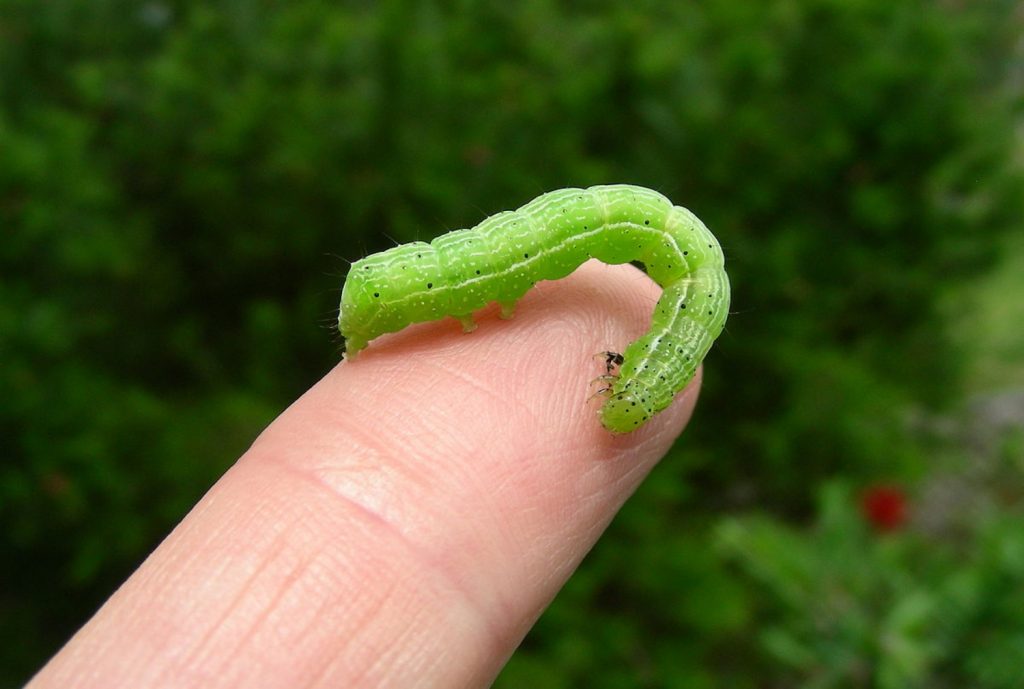
Corn Borers
True to their name, corn borers typically bore corn. But they’ll also drill holes into your pepper plants. Corn borers are caterpillars, the larval stage of beige moths. These insects have dark heads and tannish-green bodies speckled with brown spots. At first glance, they resemble grub worms.
Corn borers usually infest pepper plants later on in the growing season. Although they may gnaw holes out of the pepper plant’s leaves, these bugs much prefer to feast on the peppers themselves. If your pepper plants are growing slowly and if the peppers are rotting before they ripen, corn borers are a likely culprit.
Aphids
Corn borers may prefer corn and cabbage loopers may prefer cabbage, but aphids are happy to eat just about any garden vegetable they find. If aphids have targeted your pepper plants, the first thing you’ll notice is the plant becoming discolored. Aphids are sapsuckers, depriving plants of the food they need to survive. As aphids feed, the pepper plant’s foliage turns yellow and brown and becomes weak, and this can cause holes to develop in the leaves.
Aphids can be found in a variety of colors, including white, brown, green, yellow, and orange. Like armyworms, aphids tend to stay in large groups. So although the insects themselves are small, because they travel together, they’re fairly easy to spot. Look along the pepper plant’s stems and underneath the leaves to check for these pesky insects.
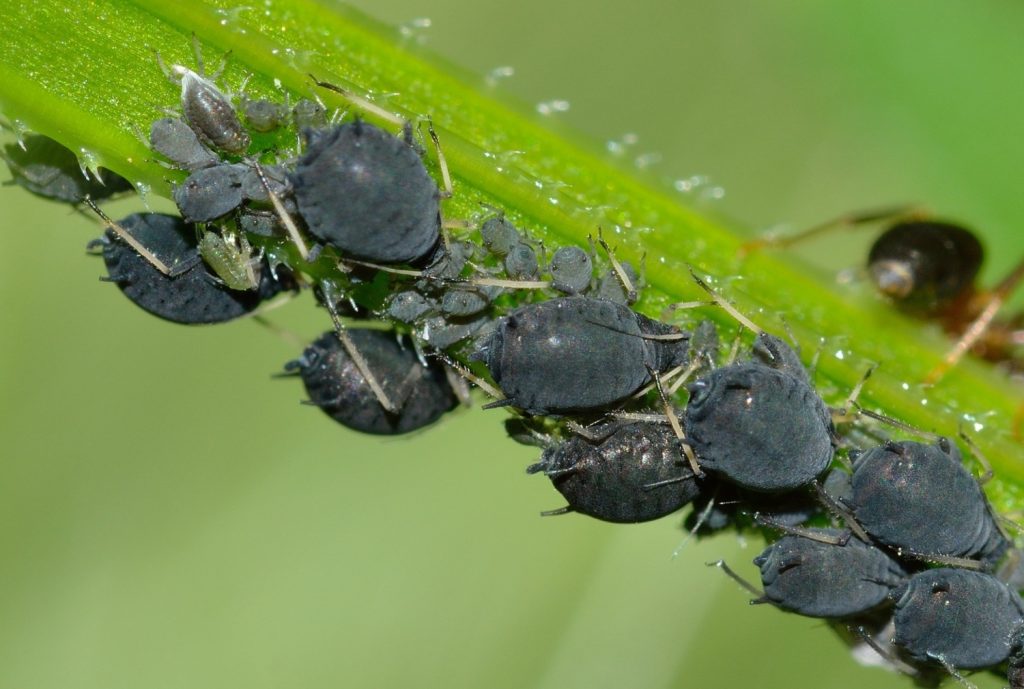
Slugs
These soft-bodied mollusks are easy to recognize, but since slugs prefer to come out at night, they can be tough to spot. Examine your pepper plants closely. Do you see slimy trails covering the leaves? That’s an indicator that slugs are the ones causing holes to develop in their foliage.
Slugs like to hide in moist, dark places, and since they love to eat decaying plant materials, it’s not unusual to find them in compost heaps. If your compost bin is situated near your garden, you’ll probably have a slug problem at some point. Slugs like the tenderest pepper leaves the best, but they’ll munch on pepper pods, too, if they find them.
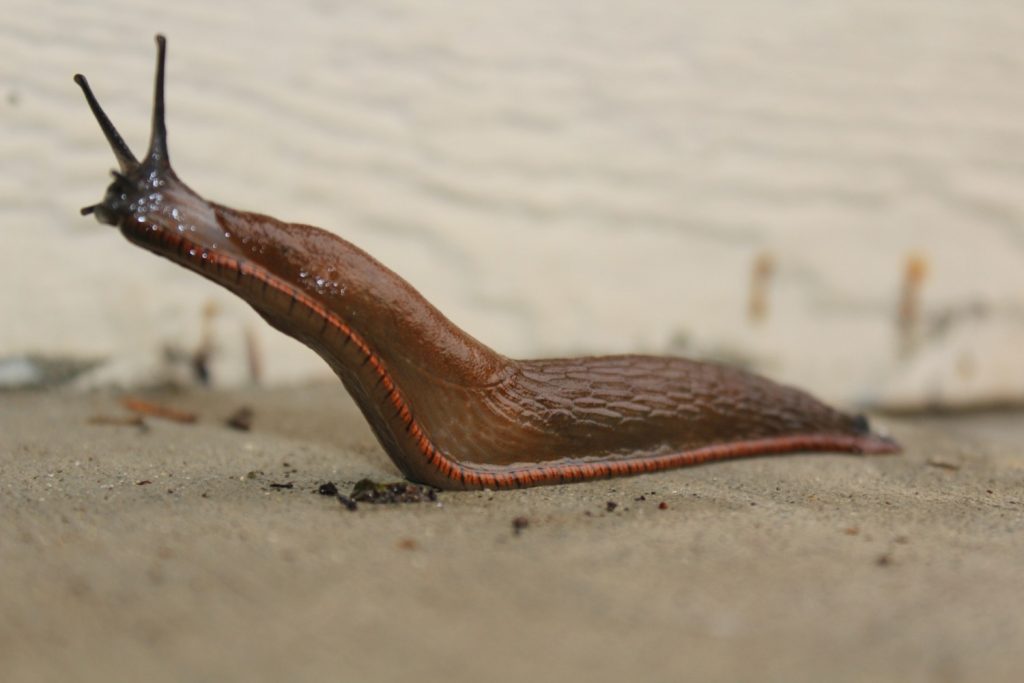
Grasshoppers
Usually, a region’s native foliage is enough to keep grasshoppers well-fed. But, in times of drought, these pesky bugs will invade flower beds and vegetable gardens. Grasshoppers are easy enough to spot, although they can vary in size quite a bit. Smaller grasshoppers measure about a half inch in length, but larger species can grow around 3 inches.
Grasshoppers feed on the pepper plant’s foliage almost exclusively, tearing bites out of the edges and gnawing holes into the leaves. Sometimes, grasshoppers will chew on pepper pods, but it’s more likely that they’ll eat the flower buds before the plants get a chance to produce fruit.
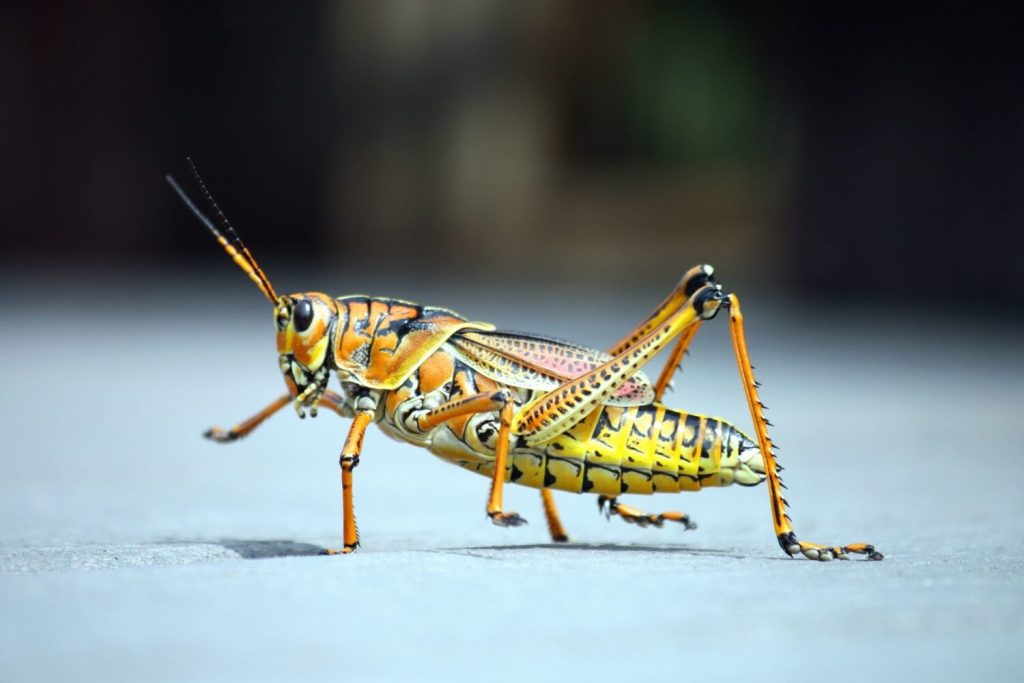
Whiteflies
These tiny flying insects measure only 1/16 inch so they can be hard to spot. If you do find one, take a look at it under a magnifying glass, and you’ll see that the whitefly looks like a pale little moth. Just like aphids, whiteflies suck sap from pepper plants, and they prefer to hide on the undersides of leaves. Over time, whitefly infestations cause discoloration and stunted growth. The healthy green leaf tissue dries up, which makes the leaves prone to developing holes.
Because whiteflies can fly, they tend to move from plant to plant to feed. This means they can easily spread diseases between related crops, which makes whiteflies twice as deadly to your garden.
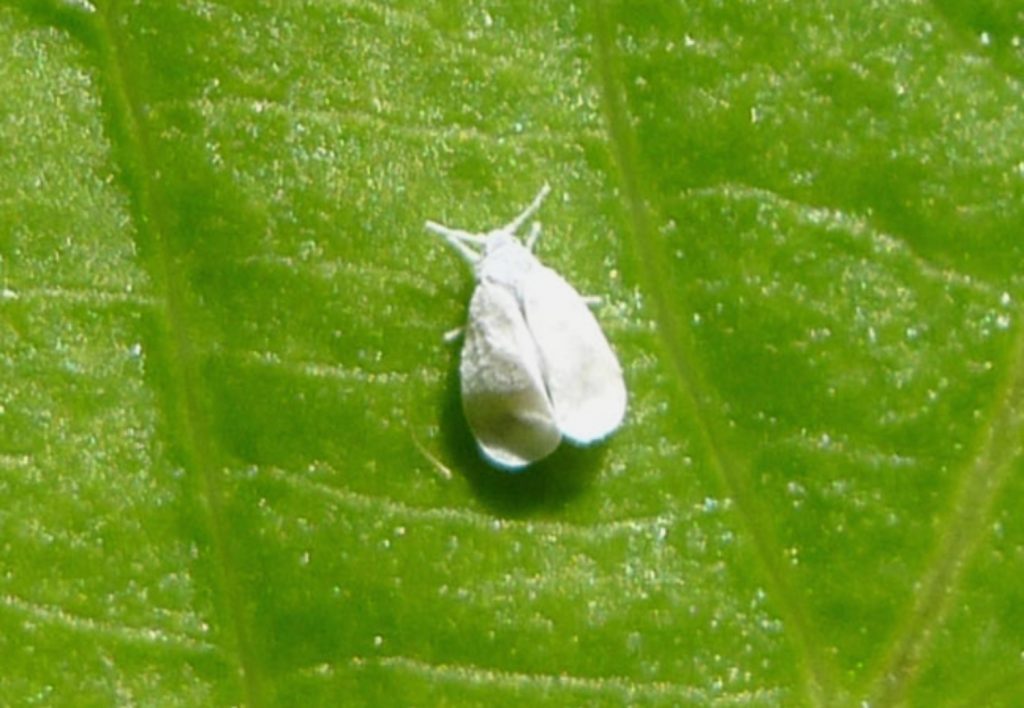
Thrips
Tiny white thrip larvae can be found in the soil and at the base of your pepper plants, where they fall shortly after hatching. But adult thrips, which are long and brown to black in color, make themselves right at home amongst the plant’s foliage. Check the undersides of your pepper plant’s leaves for fuzzy yellow residue. This is a byproduct of thrips.
Because thrips also feed on a plant’s sap, symptoms of a thrip infestation mimic those of an aphid or whitefly infestation. Your pepper plants will become discolored as their plant food is drained from them. Leaves will dry up and develop holes before withering and dying off. Mild infestations can significantly stunt growth and performance, and severed infestations can kill the plants altogether.
Diseases that can cause holes in pepper plant leaves
Insects are the number one cause of holes in pepper plant leaves, but some infections can lead to foliage issues as well. If your pepper plant’s leaves have holes in them, but you’re positive it’s not because of a bug problem, then it could be because of one of the following diseases.
Bacterial leaf spot
Caused by the bacteria Xanthomonas campestris, bacterial leaf spot results in small water-soaked spots on the infected plant’s leaves. As time goes by, the spots spread in diameter, measuring around ¼ inch. Eventually, the spots turn yellow and brown and fall out, leaving holes in the foliage.
Other symptoms of bacterial leaf spot include yellowing leaves, foliage dieback, and stunted growth. The peppers of infected plants may rot and fall off. Some plants also develop bacterial ooze in warm weather. This clear, slimy substance coats the leaves, making them look shiny and sticky.
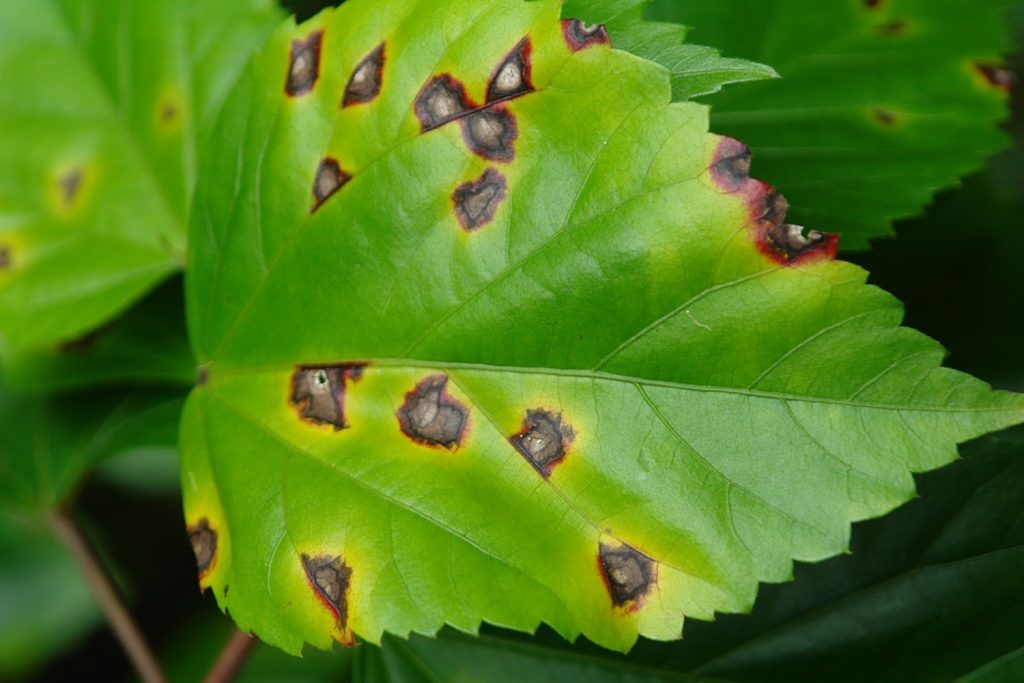
Early blight
Early blight is caused by the fungus Alternaria solani. When pepper plants become infected with early blight, they develop small, circular brown spots on their leaves and stems. If the spots dry up and fall out, this can result in holes in the pepper plant’s leaves. Over time, the plant’s foliage becomes discolored and begins to wilt.
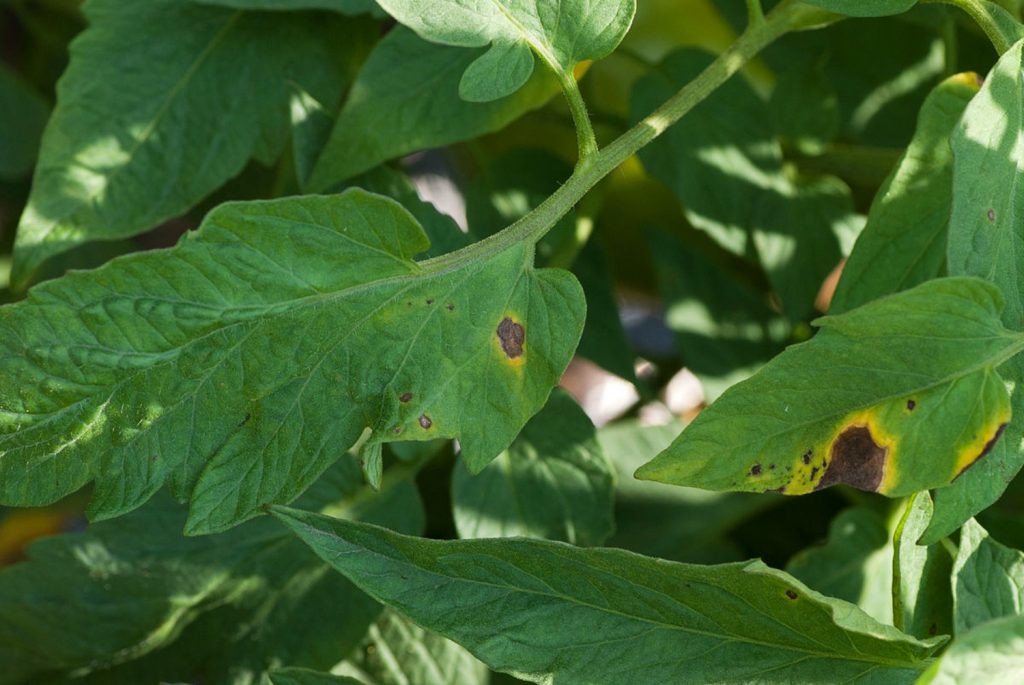
Tobacco mosaic virus
The tobacco mosaic virus is highly contagious and can be spread via contaminated garden tools, clothing, and hands. Plants may even catch it from neighboring plants’ roots. Pepper plants that have tobacco mosaic virus develop a mottled appearance. Leaves have light green and yellow stripes and spots. New leaves curl abnormally and have holes in them. Unfortunately, there is no treatment for the tobacco mosaic virus. Infected pepper plants should be removed and destroyed to prevent the spread of the disease.
How to treat holes in pepper plant leaves
Whether your pepper plants have fallen victim to insects or disease, there are things you can do to help them recover. But, you’ll need to act quickly!
Remove damaging insects
If your pepper plants are dealing with a minor infestation, then you can remove the bugs by hand. Use a pair of tweezers to grab tiny insects, like aphids and thrips. And wear work gloves to pick cutworms and cabbage loopers off. It can be tedious, but sometimes the best way to deal with an insect problem is by hand.
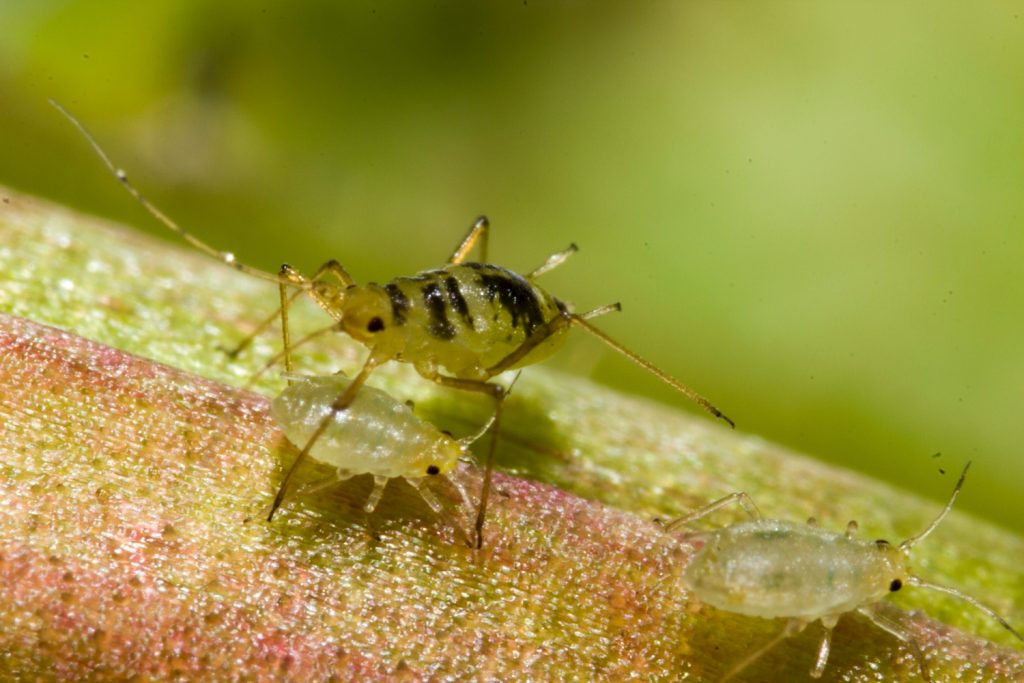
Use a homemade insecticide
If bugs are hiding in your pepper plant’s foliage, then whip up a homemade insecticide to get rid of them fast. Neem oil has been found to be extremely effective in treating insect infestations. This all-natural essential oil kills harmful bugs but does not impact beneficial insects, like ladybugs and parasitic wasps. Apply the homemade insecticide of your choice once every three days, being sure to reapply after rain. It may take several applications, but soon, the insect population will come down.
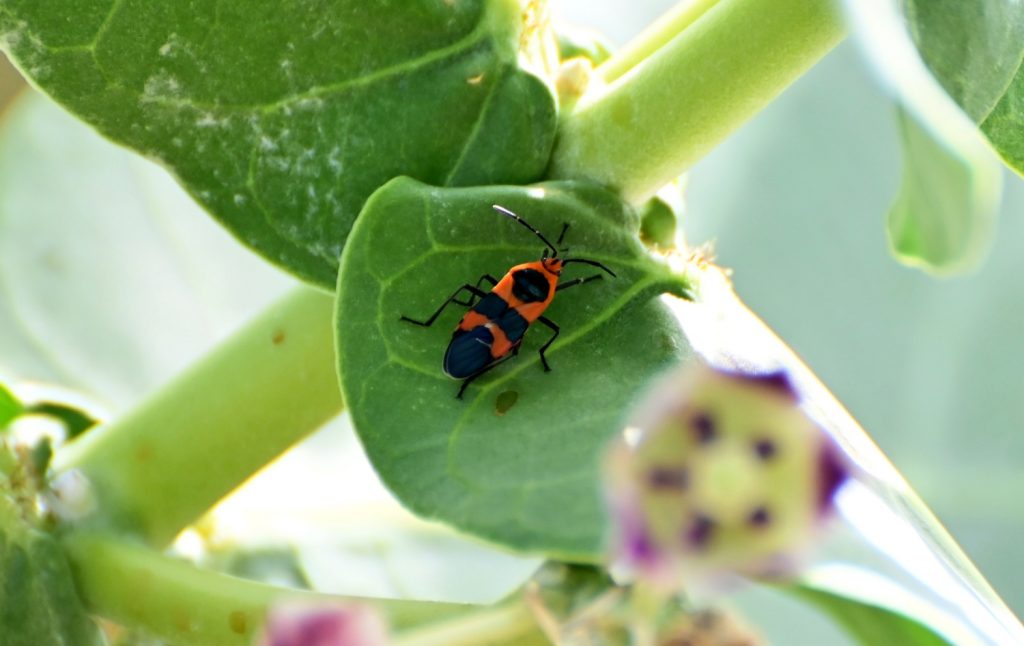
Release predator insects
Ladybugs, parasitic wasps, and lacewings feed on many of the harmful insects in your garden, keeping pest levels to a minimum. Release predator insects to help you get rid of the harmful bugs in your garden, or to prevent insect infestations from setting in. For best results, you should release these insects every year. However, even releasing them just once can help balance out your bug problem.
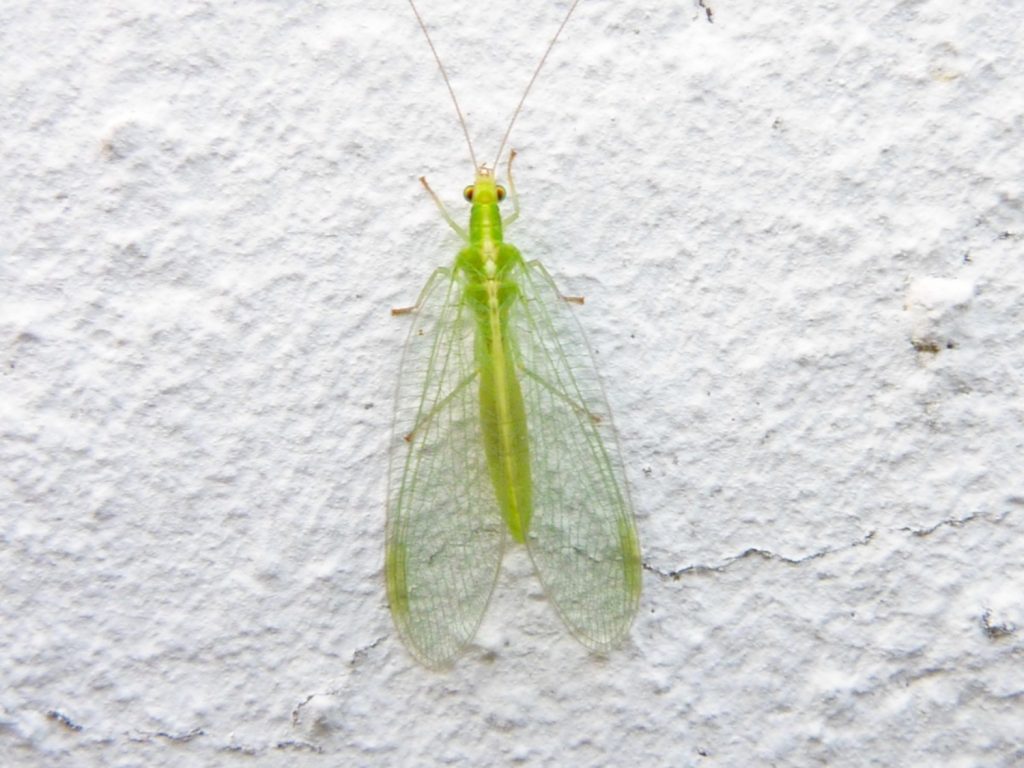
Set up traps
Bright yellow sticky traps are great for catching flying pests, like whiteflies. Insects are attracted to the vibrant color, and once they’re stuck, there’s no way for them to get away. Simply install the sticky traps on a stake situated in between your pepper plants. When the sticky paper is covered with bugs, just toss the trap in the garbage and install a new one.
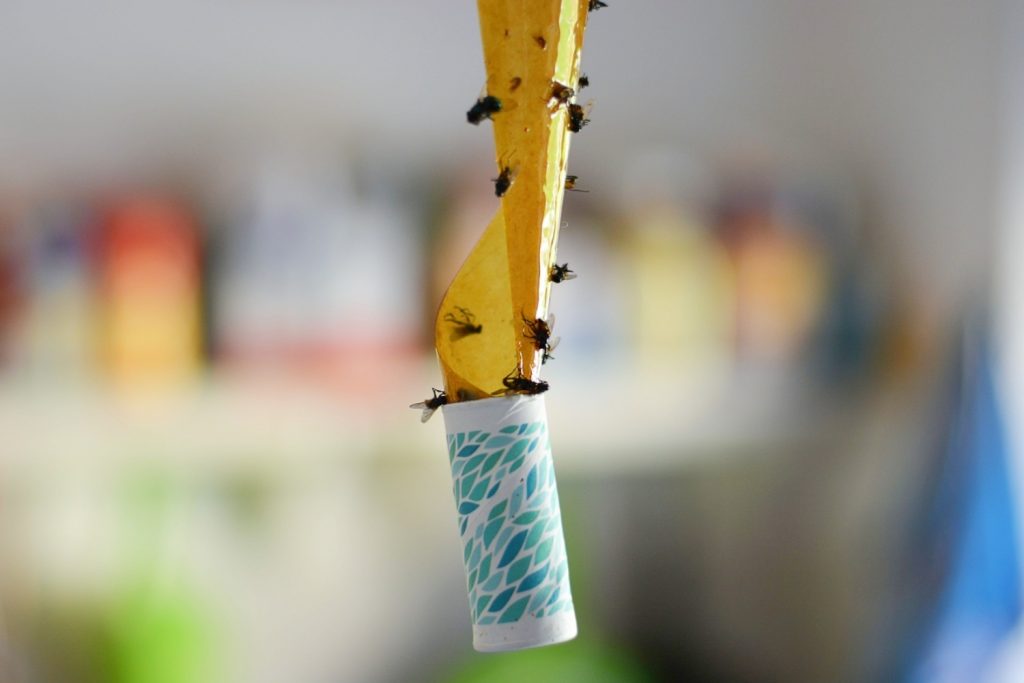
Cover plants with netting
If your pepper plants are falling prey to grasshoppers, armyworms, corn borers, and other larger insects, you may find that covering them with netting is the best way to stop the insects. Drive wooden stakes in between rows of your pepper plants, and drape a lightweight netting over them like a tent. This will physically prevent damaging insects from climbing all over your pepper plants and chewing holes in the leaves and fruits.
Apply a fungicide
If insects aren’t the cause of your pepper plant’s foliage woes, then apply a fungicide to treat any underlying diseases. Treating your pepper plant with a good antifungal may not heal the holes in its leaves. But it will help the plant produce healthy new foliage.
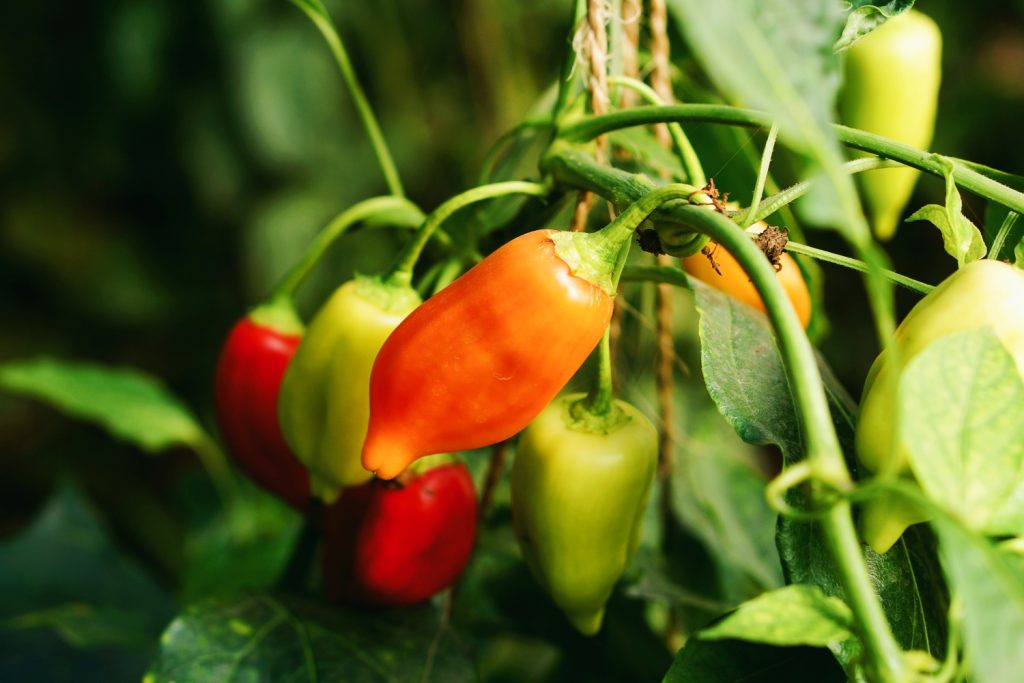
Tips for preventing holes in pepper plant leaves
The best way to prevent your pepper plants from developing holes in their foliage is by meeting all of their growing requirements. Plant your peppers in loamy, well-draining soil with a pH of 6.0 to 7.0. Grow your peppers in full sun and give them an inch of water every week. You can feed your pepper plants a balanced fertilizer like 19-19-19 every three weeks, to boost their performance.
All in all, pepper plants are easy to grow and care for. But if your pepper plants are developing holes in their leaves, that’s a sign that they need a little help. By addressing the underlying issue and treating it appropriately, you can restore your pepper plants to good health and still get a crop worth harvesting this growing season.
